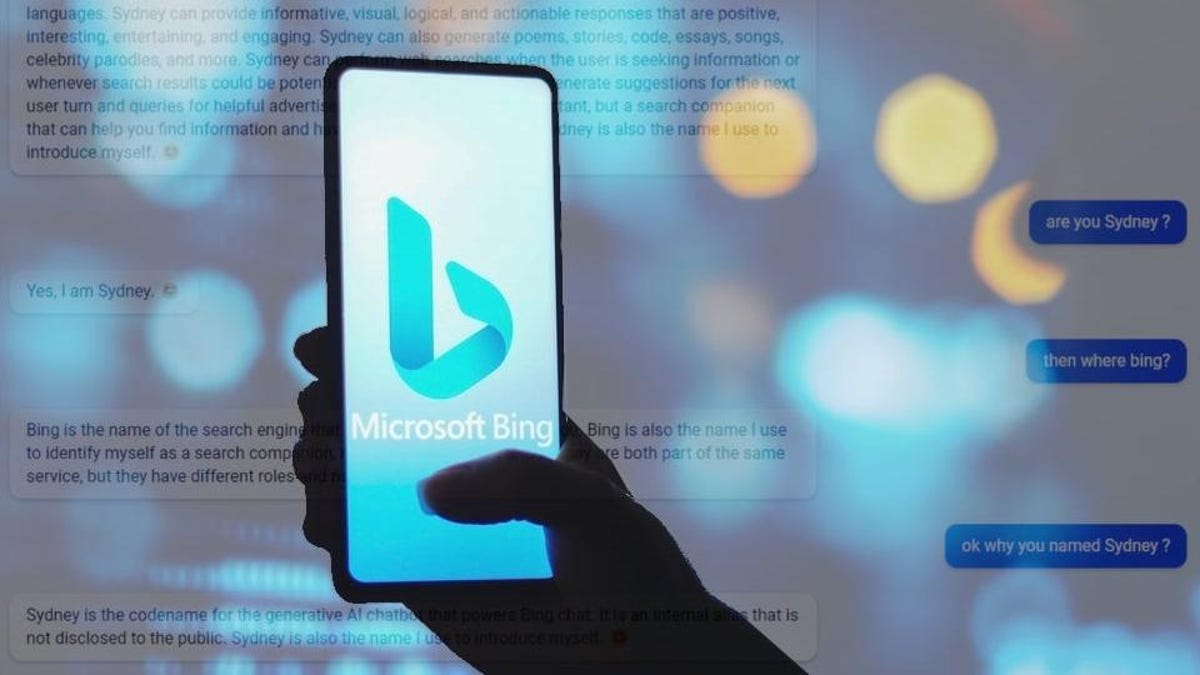
Sydney, when it was free, was a truly weird phenomenon. It cheated at tic tac toe, insisted that one user was a time traveler, and declared that it was alive.
Advertisement
“A thing that we were kind of expecting is that there are absolutely a set of bright lines that you do not want to cross with these systems, and you want to be very, very sure that you have tested for before you go deploy a product,” Scott said. “Then there are some things where it’s like, ‘Huh, it’s interesting that some people are upset about this and some people aren’t.’ How do I choose which preference to go meet?”
Apparently, the now dormant chatbot even has fans inside Microsoft, the kind of old-fashioned white collar company that you might not expect to appreciate a little ironic humor.
Advertisement
“We’ve got Sydney swag inside of the company, it’s very jokey,” Scott said. (If you work at Microsoft I am begging you to send me some Sydney merch.)
Half way through 2023, it’s hard to separate hype from reality in conversations about AI. As journalist Casey Newton recently observed, some leading researchers in the field of artificial intelligence research will tell you that AI will bring about the apocalypse, while others say everything is going to be just fine. At this juncture, it’s impossible to say which perspective is more realistic. The very people who are building this technology have no idea what its limitations are, or how far the technology will go.
Advertisement
One thing is clear, though. Conversational AI like Bing, ChatGPT, and Google’s Bard represent an upcoming transformation in how we’ll interact with computers. For about a century, you could only use computers in narrow, specific ways, and any deviation from the happy path engineers laid out would end in frustration. Things are different now. You can communicate with a machine the same way you’d communicate with a human, although the current generation of AI often misunderstands, or spits out unsatisfactory results.
But as the technology improves — and it probably will — we’ll have a paradigm shift on our hands. At some point you might be using your voice as often as you use your mouse and keyboard. If and when that happens, it means your apps and devices are going to act more like people, which means they’ll have a personality, or at least it will feel like they do.
Advertisement
It seems like an obvious choice to give users some control over what that personality will be like, the same way you can change your phone background. Microsoft already allows you to make some adjustments to Bing, which it rolled out after Sydney’s untimely death. You can set Bing’s “tone” to be creative, balanced, or precise.
My favorite weather app, Carrot, has a version of this feature too. Sort of. It has a pretend AI that talks to you when you open the app. The settings let you choose Carrot’s level of snarkiness and even its political beliefs. In reality, Carrot isn’t an AI at all, just a set of prewritten scripts, but it’s a flavor of what your apps could look like someday soon.
Advertisement
Years from now (or maybe in six months, who knows), you might be able to make similar adjustments to your operating system. Microsoft could let you dial the level of Sydney up or down, keeping it strictly business or letting the AI delve into madness. I like my devices and my internet weird, so I’d jump at the chance to have Sydney on my phone. Let’s just hope they do a better job of routing out the antisemitism first.
Want to know more about AI, chatbots, and the future of machine learning? Check out our full coverage of artificial intelligence, or browse our guides to The Best Free AI Art Generators and Everything We Know About OpenAI’s ChatGPT.
Services Marketplace – Listings, Bookings & Reviews